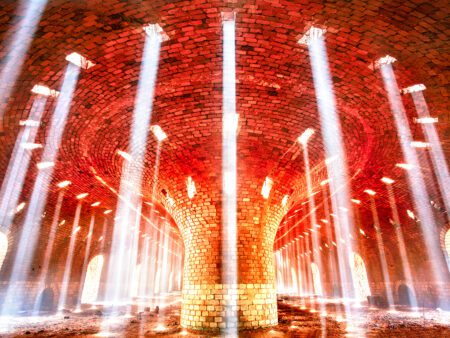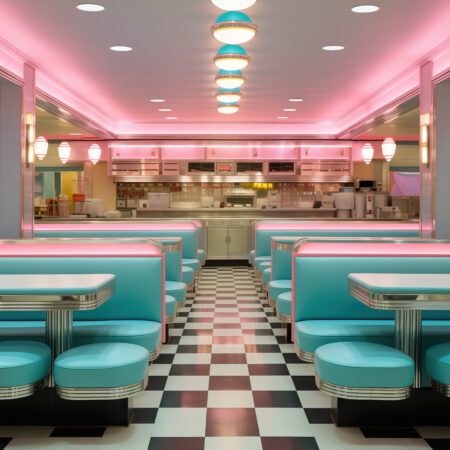Explore how the unseen force of casino architecture influences your gambling experience, from design psychology to thematic immersion.
How Casino Architecture Influences Gambling
An Unlikely Connection: Architecture and the Roll of the Dice
Ever walked into a casino and felt an inexplicable urge to stay longer than intended, or perhaps found yourself meandering through slot machines, almost in a trance? It’s not just the allure of a big win that keeps you anchored; it’s the intricate dance of design and psychology, meticulously orchestrated through the casino’s architecture. This unseen force shapes your gambling experience in ways you might never have considered.
The Blueprint of Desire
Casinos are masterclasses in psychological warfare, their architectures designed not just to dazzle but to direct. From the strategic placement of games to the calculated absence of clocks and windows, every element serves a purpose – to keep you playing. The lack of natural light and clocks are designed to detach you from the realities of time, creating a timeless space where night and day blur into irrelevance.
But the influence runs deeper. The layout of a casino is a carefully designed maze, with high-energy games like slot machines and blackjack tables strategically placed to catch your eye and pull you deeper into the casino’s heart. This isn’t happenstance; it’s a calculated attempt to engage your senses, keeping the adrenaline and dopamine pumping, urging you to try just one more time.
For those seeking information on maintaining a healthy relationship with gambling, gambling addiction resources offer invaluable insights.
Emotional Architecture
Then there’s the emotional aspect. Casinos often employ a theme or narrative, transporting you to another world – be it a Venetian canal or an Egyptian pyramid. This thematic architecture does more than entertain; it immerses you in a fantasy, away from the mundane realities of daily life. In this narrative, risks feel thrilling, and the promise of reward is just around the corner, wrapped in the allure of the theme.
In the grand scheme, every detail, from the lush carpets to the strategic lighting, is designed to lower your defenses and make the prospect of spending money feel more like an adventure than a transaction. It’s a brilliant blend of art and psychology, with the architecture itself playing the role of the silent siren, calling you to play just a bit longer.
The Sounds of Success
The auditory experience in a casino is just as meticulously crafted as the visual. The constant cacophony of slot machines, the clatter of coins, and the celebratory sounds that signal a win are all carefully curated to create an atmosphere of excitement and possibility. These sounds contribute to a sensory cocoon that encourages gamblers to dream big and gamble more, creating an environment where time and caution can easily be forgotten.
The Path Less Noticed
Interestingly, the journey through a casino is never linear. The winding paths and strategically placed gaming areas are designed to expose visitors to as many temptations as possible. Even the placement of restrooms, often tucked away in far corners, ensures that you’re exposed to enticing games no matter where you’re headed. This non-linear layout makes it easy to get lost in the experience, both literally and metaphorically.
A Closer Look at Comfort
Comfort is another essential element in casino design. Luxurious seats, complimentary drinks, and a warm atmosphere are not just acts of hospitality; they’re strategic tools to keep you seated and engaged. The longer you’re comfortable, the longer you’ll play. It’s hospitality with an agenda – ensuring the house always has the edge, while the gambler feels taken care of and valued.
Concluding Thoughts: The House Always Wins?
In the end, the house does always win, but perhaps not solely because of the odds. The architecture of a casino – its layout, design, and sensory experiences – plays a significant role in the gambler’s journey. It’s a journey through a meticulously crafted space designed to entertain, yes, but also to encourage risk-taking and prolong play.
Understanding the influence of casino architecture doesn’t necessarily change the odds, but it does offer a fascinating insight into the psychology of gambling and design. It’s a reminder that in the world of casinos, every detail is a part of the game.
So, the next time you visit a casino, take a moment to look beyond the flashing lights and listen past the soundtrack of success. You might find yourself seeing the casino floor in a whole new light – a stage set for the high drama of gambling, where every element is designed with purpose.










